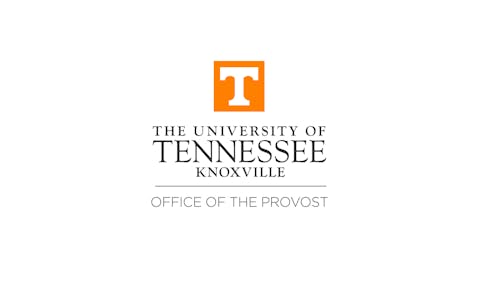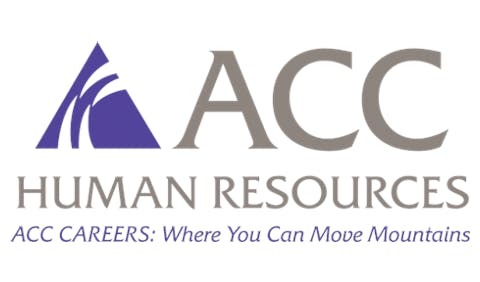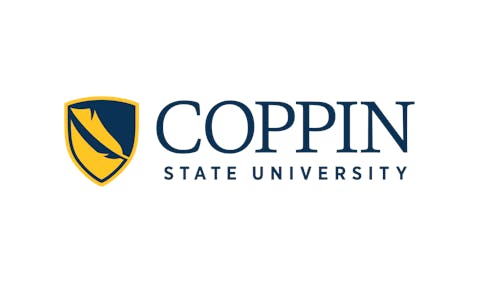Stark income-based disparities in college success persist among high school graduates, with students from low-poverty schools twice as likely to complete postsecondary credentials compared to their peers from high-poverty schools, according to new research released this week.

"Large differences in college access and degree attainment mean many students don't see the benefits of higher education opportunities, particularly those from low-income backgrounds," said Dr. Doug Shapiro, executive director of the National Student Clearinghouse Research Center. "Even with stable enrollment outcomes, the socioeconomic gaps continue to persist."
The report examines outcomes for three high school graduating classes: immediate college enrollment for 2024 graduates, persistence rates for 2022 graduates, and completion outcomes for 2018 graduates. High schools are categorized based on the percentage of students eligible for free or reduced-price lunch through the National School Lunch Program.
The income divide extends to STEM degree completion, where graduates from low-poverty and higher-income high schools significantly outpaced their counterparts. Low-poverty schools saw 22.4% of graduates complete STEM degrees within six years, while higher-income schools achieved 17.5%. In contrast, high-poverty schools managed just 8.1% STEM completion rates, with low-income schools at 9.1%.
These disparities occur despite relatively stable immediate enrollment patterns. Differences in fall enrollment rates after graduation remained consistent across nearly all high school characteristics between the 2023 and 2024 graduating classes.
Perhaps most concerning, persistence rates from the first to second year of college declined specifically among students from high-poverty high schools, the group already showing the lowest retention rates. These schools saw persistence drop 1.1 percentage points to 74.4% for the class of 2022, while other school categories maintained steady rates.
The data presents a mixed picture of progress. Enrollment within one year of graduation did increase by more than one percentage point for low-income, high-poverty, and high-minority high schools between the 2022 and 2023 graduating classes, suggesting some improvement in college access.
The research indicates that differences in schools' income makeup create larger contrasts in postsecondary outcomes than geographical differences, highlighting socioeconomic status as the primary factor in educational equity.
The High School Benchmarks report serves as a key resource for secondary education practitioners and policymakers to benchmark postsecondary outcomes and evaluate progress in supporting students' transition from high school to college. The data dashboard and downloadable results allow educators to compare their schools' performance against national trends.
The findings underscore the continuing challenge of educational equity, where a student's economic background significantly influences their likelihood of completing higher education—a factor that has remained stubbornly persistent across multiple graduating classes despite various intervention efforts.















